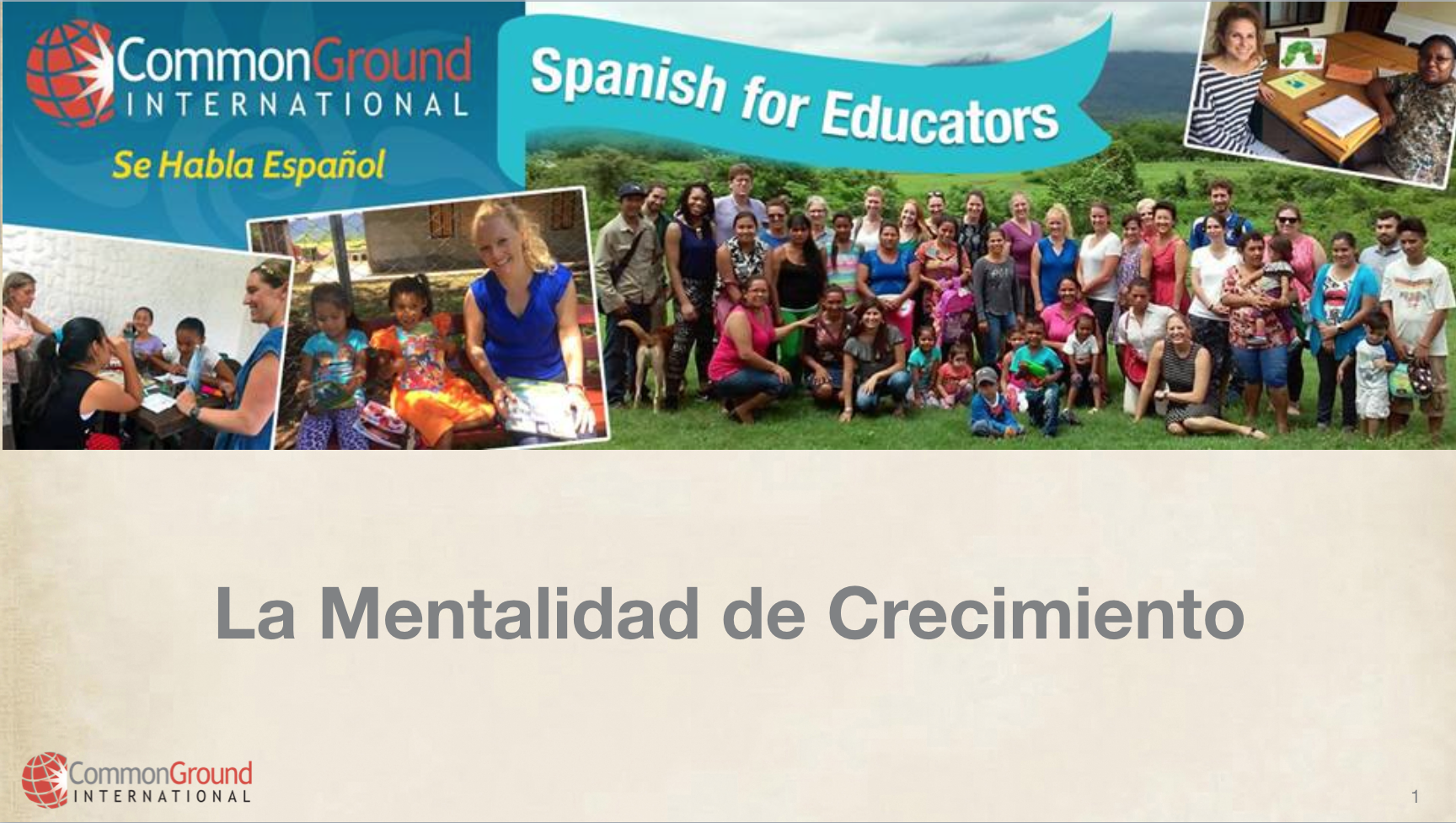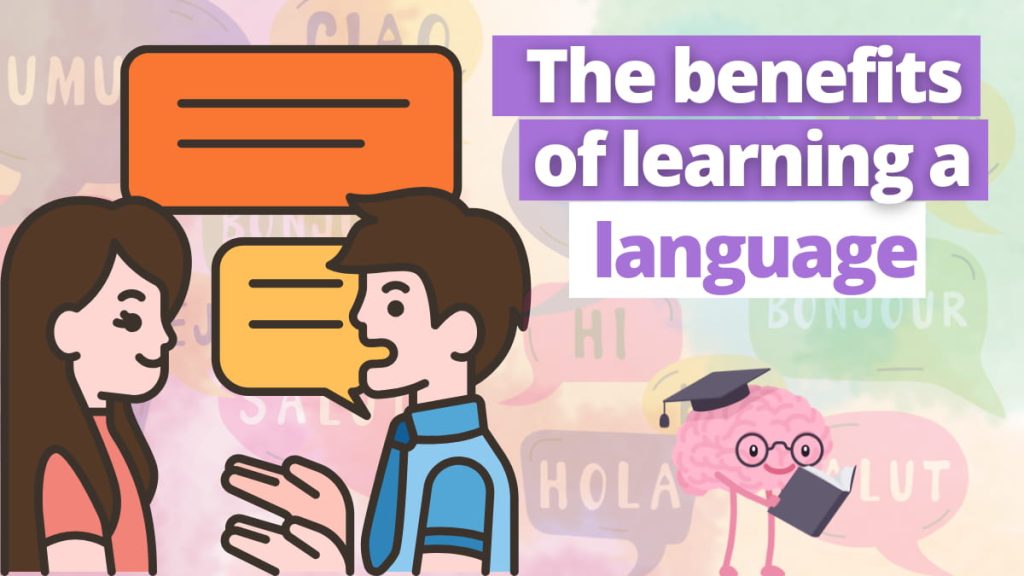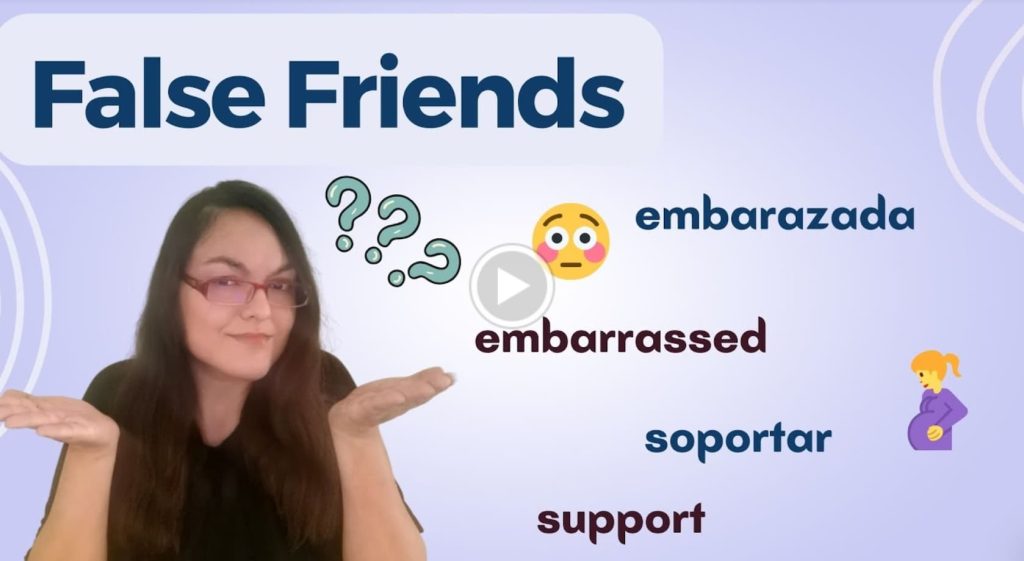In this Spanish for Educators lesson, you will learn how to talk about the growth mindset in Spanish: La mentalidad del crecimiento.
As teachers, we never stop learning! And as great teachers we try new things, fail, learn from those, adjust and try again. Many educators are the definition of the growth mindset. However, deep down, we also fight the fixed mentality of doubts, fear of failure, intimidation, etc. Imagine what our students go through on a daily basis, especially if they are new to a school, have limited english or very little educational support at home. This lesson will teach you simple vocabulary to implement growth mindset triggers in your classroom.
Here is the Growth Mindset in Spanish lesson that I taught to the Facebook group:
Subscribe to our YouTube Channel to see all of our lessons and get the latest videos right away!
In this lesson, we are going to… – En esta lección vamos a…
- Destacar el vocabulario necesario para hablar de la mentalidad de crecimiento con su estudiantes – Highlight the vocabulary needed to discuss the growth mindset with your students
- Ver unos verbos / frases super importantes – See some very important verbs / phrases
- Ver unos ejemplos de sus aulas – See some examples from your classrooms
¿Qué es la mentalidad del crecimiento? – What is it the Growth Mindset?
Educator, researcher and difference maker Carol Dweck had breakthroughs in the educational world as teachers starting grasping this concept and applying it in the classroom. Here are some famous quotes that represent the growth mindset:
No me juzgues por mis ÉXITOS, sino por todas las veces que me CAÍA y me levantaba otra vez – Nelson Mandela
Do not judge me for my SUCCESSES, but for all the times that I FELL and got up again
Los errores son evidencia de que estás intentando. – Unknown
Errors are evidence that you are trying
These quotes show that it is important to highlight errors as a part of the learning process.
La Mentalidad Fija – The Fixed Mindset
The fixed mindset is the opposite of the growth mindset. Every person most likely displays both mindsets depending on context, comfort zone and other factors. Carol says it’s all about a mindset shift.
These phrases are good to explain to your students what the fixed mindset is and how to identify it:
La Mentalidad de Crecimiento – The Growth Mindset
Now, let’s talk about a good vocabulary to describe the growth mindset and compare it to the fixed mindset.
El Poder de (no) TODAVÍA – The Power of (not) YET
By using “todavía” or “yet”, you are giving your students the opportunity to keep learning and progressing to improve their performance.
Cambia las Palabras… – Change the Words …
Words are powerful and they are used to express our thoughts and feelings, but what happens when we change the words when expressing our thoughts? Exactly, we help our mindset to shift.
En lugar de decir o pensar… – Instead of saying or thinking …
Trata de pensar – Try to think
Acciones hacia una Mentalidad de Crecimiento – Actions towards a Growth Mindset
These are some suggestions from teachers who are currently applying these ideas with their students:
Vocabulario clave – Key Vocabulary
This vocabulary will help you to start changing the way you express yourself so you can apply it when talking to your students:
| Spanish | English |
| El Esfuerzo | Effort |
| El Éxito | Success |
| El fracaso / el fallo | Failure |
| Las Capacidades | Abilities |
| Las Destrezas | Strengths |
| Los Retos / desafíos | Challenges |
Verbos claves
If you don’t know how to conjugate verbs in Spanish, you can check this lesson about conjugations or check the online course available here 🙂
Su reto profesional – Your Professional Challenge
- ¿Cómo van a aplicar este vocabulario en su aula?
- ¡Arriésguense, abran la boca y cometan errores!
- ¡Hasta la próxima vez!




